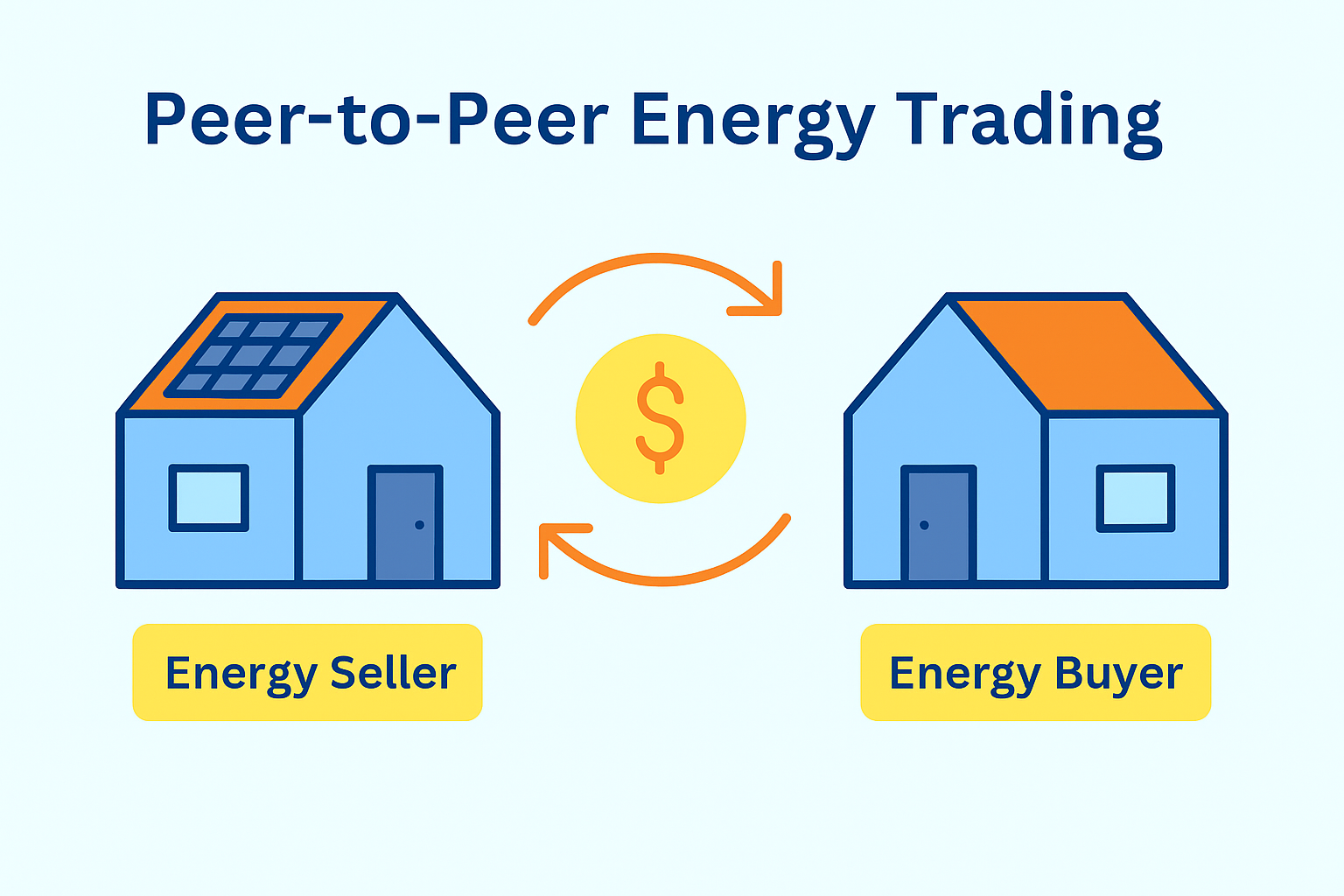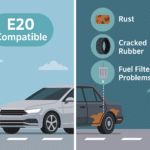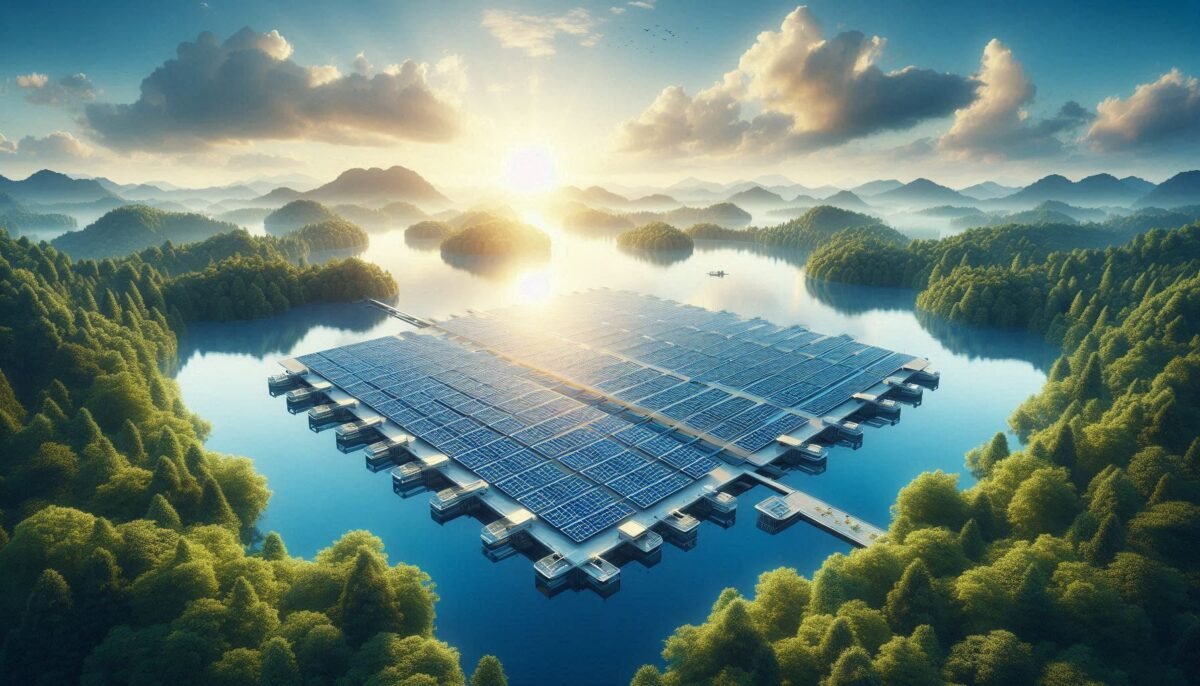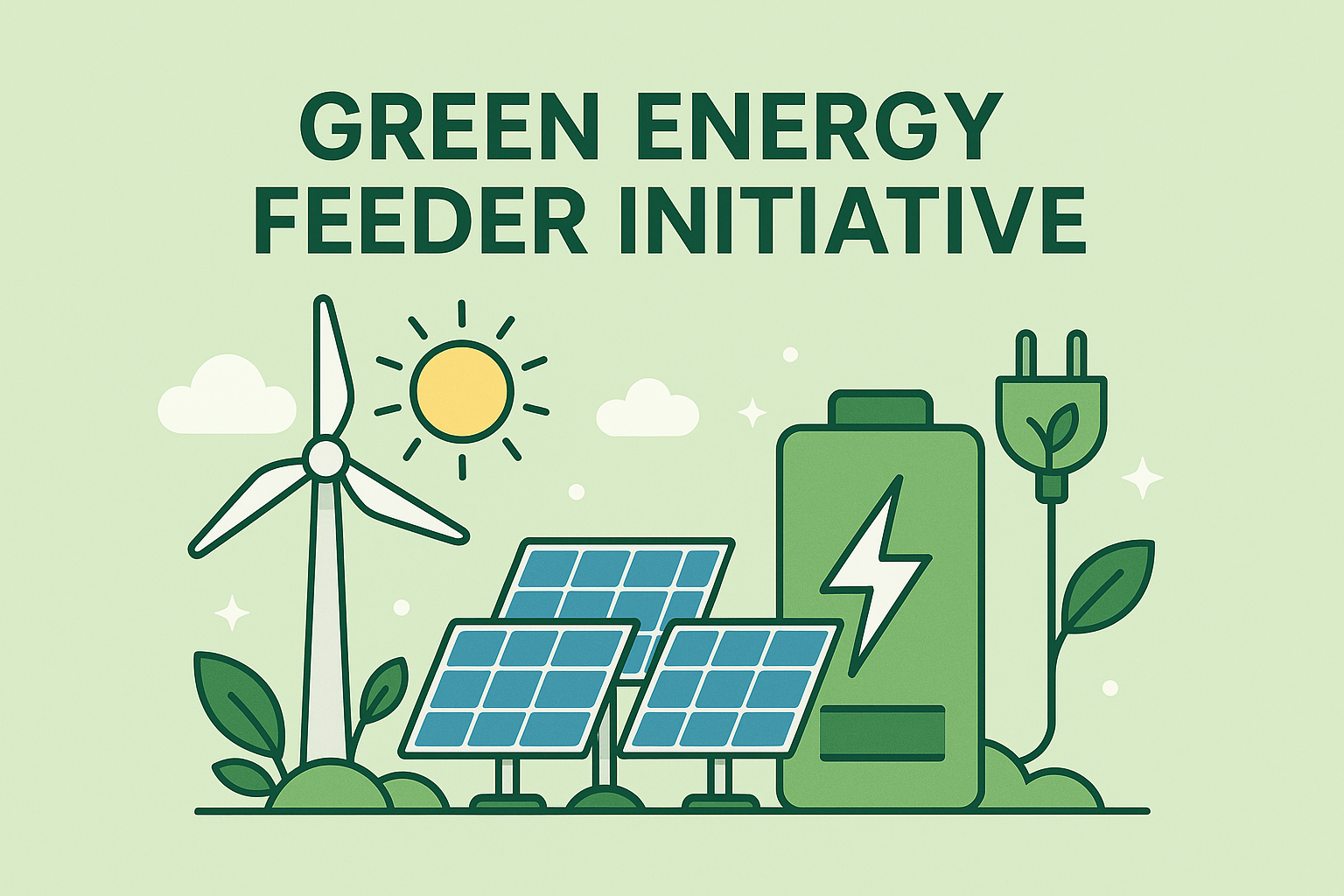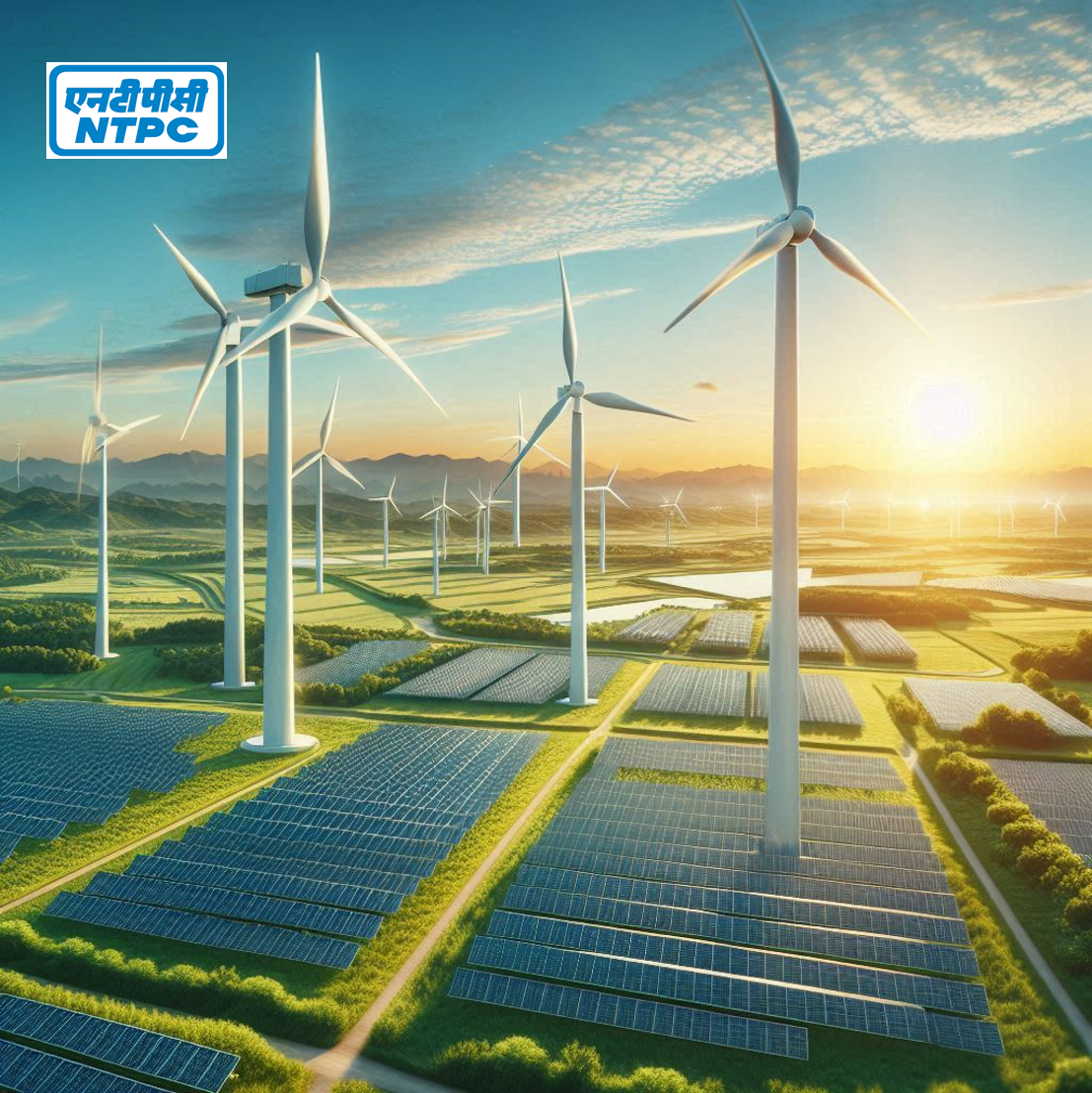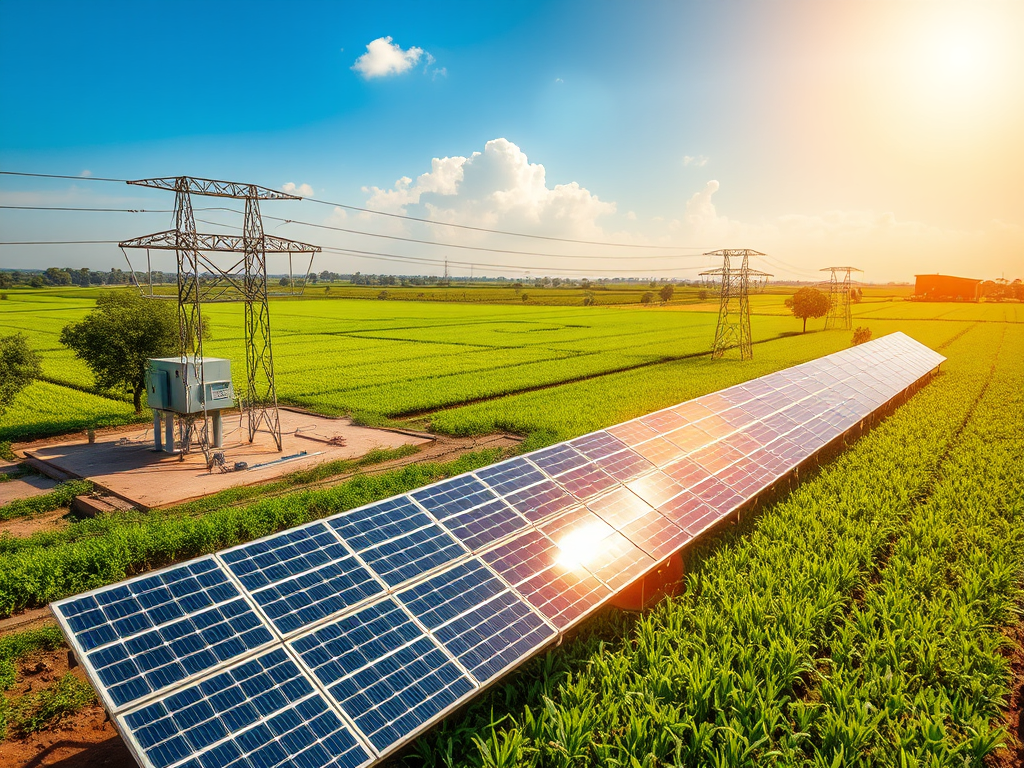The Solar Energy Corporation of India (SECI) has issued a landmark Request for Selection (RfS) for 500 MW of interstate-transmission-system (ISTS) connected floating solar photovoltaic (FPV) projects on Kerala’s inland reservoirs, coupled with a first-of-its-kind mandatory battery-energy-storage system (BESS) requirement. This auction not only reflects SECI’s commitment to diversifying India’s solar portfolio beyond land-based installations, but also its drive toward dispatchable renewable power.
Tender Specifications and Technical Requirements
- Capacity & Locations: Total FPV capacity of 500 MW, to be sited across multiple major reservoirs including Idukki, Idamalayar, and Banasura Sagar.
- BESS Integration: A minimum 1 MWh of storage per 1 MW of solar capacity is mandated, ensuring that daytime generation can be shifted to evening peaks.
- RfS Key Dates: Issue Date: 15 May 2025
- Bid Submission: 30 July 2025
- Commissioning Deadline: 18 months from PPA signing
- RfS Fee: ₹20,000 + GST per bid document
- Bid Bond: ₹1 crore per MW
- PPA Tenure: 25 years, with fixed tariffs and annual escalation tied to the Wholesale Price Index (WPI).
Developers must deploy modules, anchors, and cabling that meet MNRE’s latest FPV technical guidelines. The combination of FPV and BESS is expected to deliver a firm capacity-utilization factor (CUF) above 22 percent, compared to 18–20 percent for standalone floating systems.
Historical Context of Floating Solar in India
India’s FPV journey began in 2018 with a 10 MW pilot on Kerala’s Banasura Sagar reservoir. Early experiments demonstrated site-specific challenges—anchor corrosion, fluctuating water levels, and fishery interactions—but also revealed FPV’s ability to boost module efficiency by up to 5 percent due to the cooling effect of water.
SECI’s first large-scale floating auction came in November 2022, when it tendered a combined 500 MW of ground-mounted and floating capacity in Punjab. That auction was oversubscribed, with successful bids at average tariffs of ₹2.95/kWh . Andhra Pradesh followed in 2023 with a 100 MW FPV pilot on the Papanasam reservoir, achieving a CUF of 18.5 percent upon commissioning. Since then, smaller tenders in Telangana (50 MW) and Assam (25 MW) have validated the technology’s technical and commercial viability.
Strategic Rationale and Impacts
- Land Conservation: Kerala’s terrain constrains large ground-mounted parks. Floating installations utilize underutilized water surfaces, avoiding forest or agricultural land conversion.
- Grid Firming: The embedded BESS component allows reservoir-based FPV to deliver peak evening power, aligning supply with demand and reducing reliance on fossil generators.
- Irrigation & Aquaculture Synergies: FPV installations can reduce evaporation losses—benefiting reservoir levels—and create shaded habitats that support certain aquaculture species, adding socio-economic value.
- Local Economic Boost: The tender is expected to attract ₹3,000–3,500 crore of investment, generate 2,500 direct jobs during construction, and foster local BESS assembly facilities under Kerala’s industrial policy.
Developer and Stakeholder Perspectives
“This tender marks a pivotal moment in Kerala’s renewable journey, marrying innovative floating technology with storage to ensure dependable power,” – SECI’s Chairman at the launch event.
Major developers—Adani Green Energy, Azure Power, and Tata Power Solar—have expressed strong interest, citing Kerala’s high reservoir density and proactive state incentives.
Kerala’s Energy Minister highlighted the auction’s alignment with the state’s goal of 5 GW solar and its broader climate-resilience agenda.
Outlook and Next Steps
Following bid submission in July, SECI will evaluate technical and financial proposals and award Letters of Award by Q4 2025. Successful developers will move quickly to finalize PPAs and obtain environment and water-use clearances. If executed on schedule, the first FPV+BESS units could begin feeding firm power into the grid by late 2026—setting a template for similar tenders in water-rich states such as Himachal Pradesh and Uttarakhand. By integrating floating solar with storage, SECI is charting a path toward more flexible, land-efficient renewables—vital for India’s transition to 24×7 clean energy.



